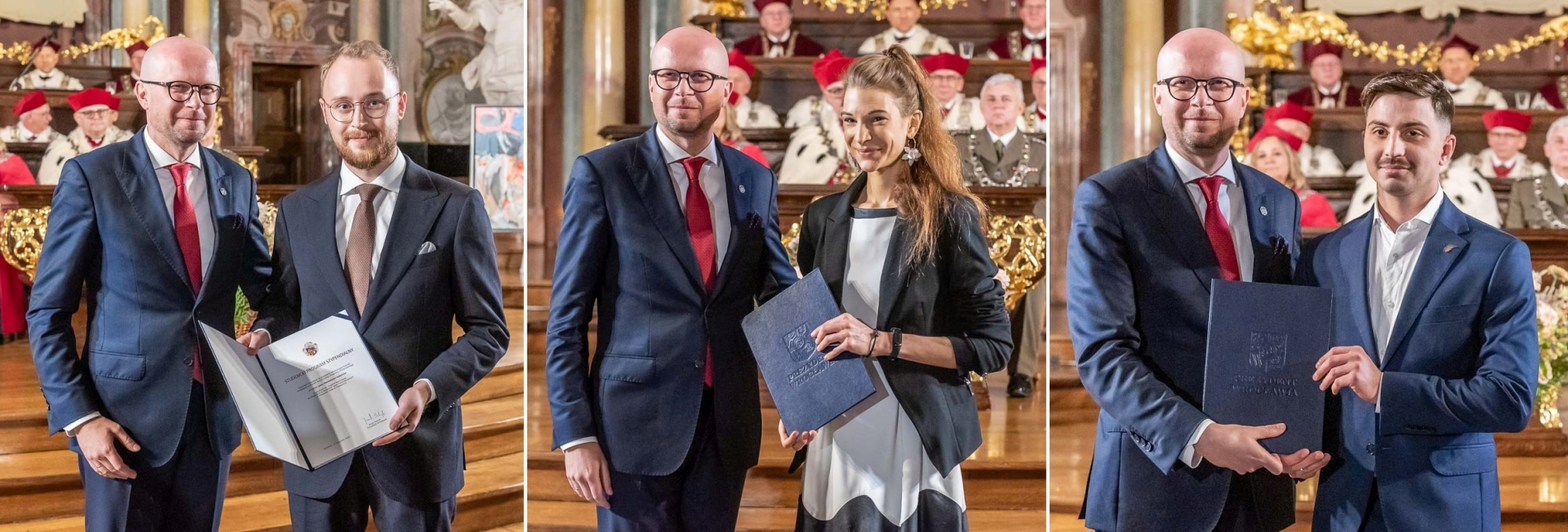
We learned the names of the 24 winners of this year's edition of the Student Scholarship Program. The group of students who have demonstrated outstanding achievements includes Paweł Majewski, M.Sc. from our Faculty and ten other WUST representatives.
The Student Scholarship Program is an initiative of the Mayor of Wrocław and is run by the Wrocław Academic Centre. Applications submitted by doctoral students from Wrocław universities (in eight categories) are evaluated by committees including recognized authorities associated with the Wrocław scientific community. The amount of the scholarship is PLN 2,000 per month, and it is paid to the awarded students for a maximum of nine months.
PAWEŁ MAJEWSKI
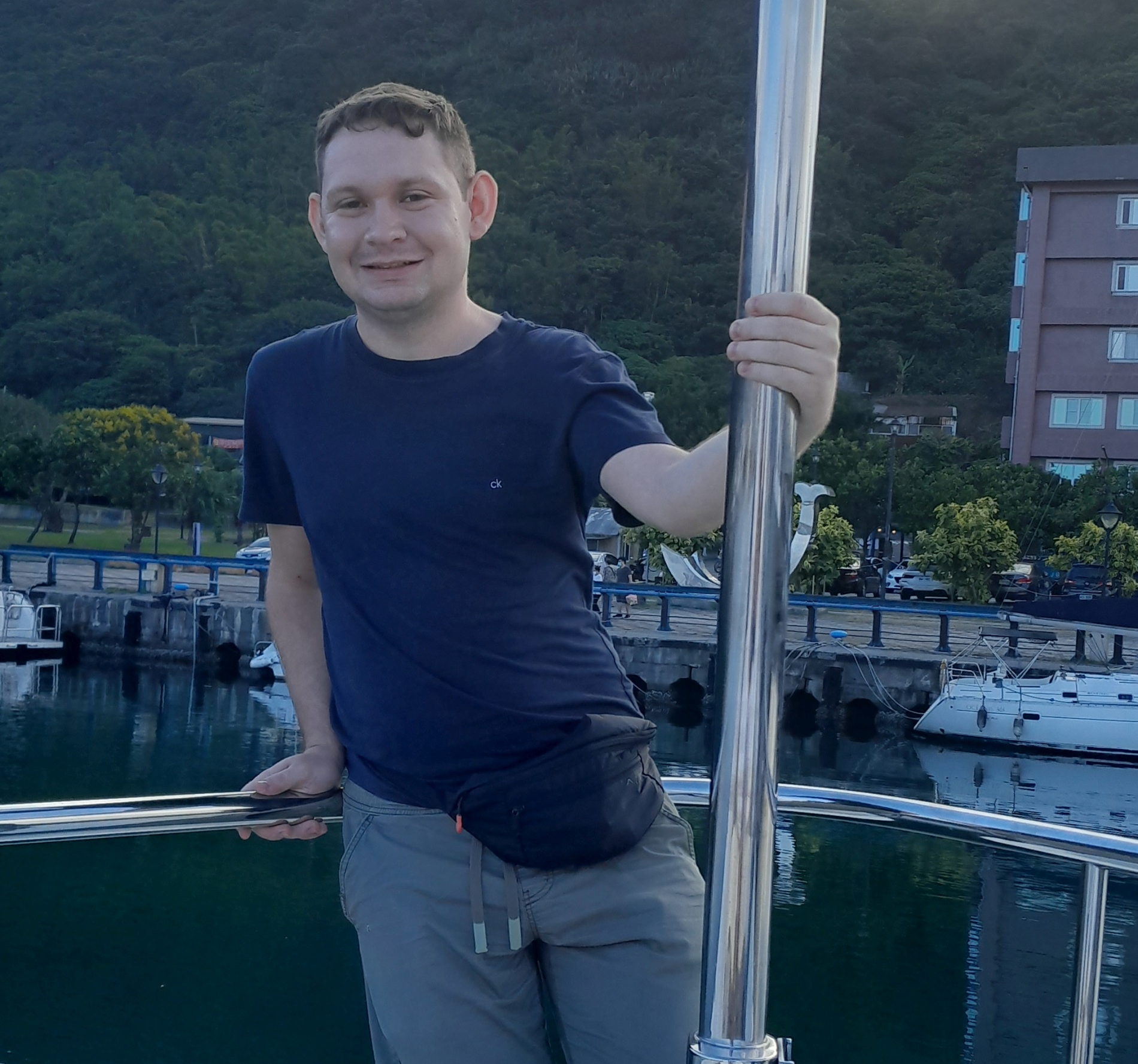
A researcher from the Department of Computer Systems and Networks is working on a Ph.D. thesis titled „Machine learning methods for phenotyping insect biosystems on the example of honey bees and mealworms." The dissertation is written with the help of two supervisors: Prof. Robert Burduk from the Faculty of Information and Communication Technology and Prof. Jacek Reiner from the Faculty of Mechanical Engineering.
The research interests of Paweł Majewski include solutions for high-precision agriculture and high-precision breeding with the use of machine learning and computer vision methods.
– In my research, I focus on phenotyping insect biosystems, which is a challenge due to time-varying data acquisition conditions, dense scenes and problems in obtaining representative data sets – explains Paweł Majewski.
The solutions, which he developed in cooperation with researchers from the machine vision laboratory (MVLab), already support the cooperating farmers and have contributed to a significant increase in production efficiency.
In 2023, as part of a Visegrad Fund scholarship, he completed an internship at the Biophotonics and Bioimaging Laboratory at National Taiwan University under the supervision of Prof. Ta-Te Lin. – It is one of the world-leading teams researching high-precision agriculture and high-precision breeding – adds Paweł Majewski.
MACIEJ LIPOK
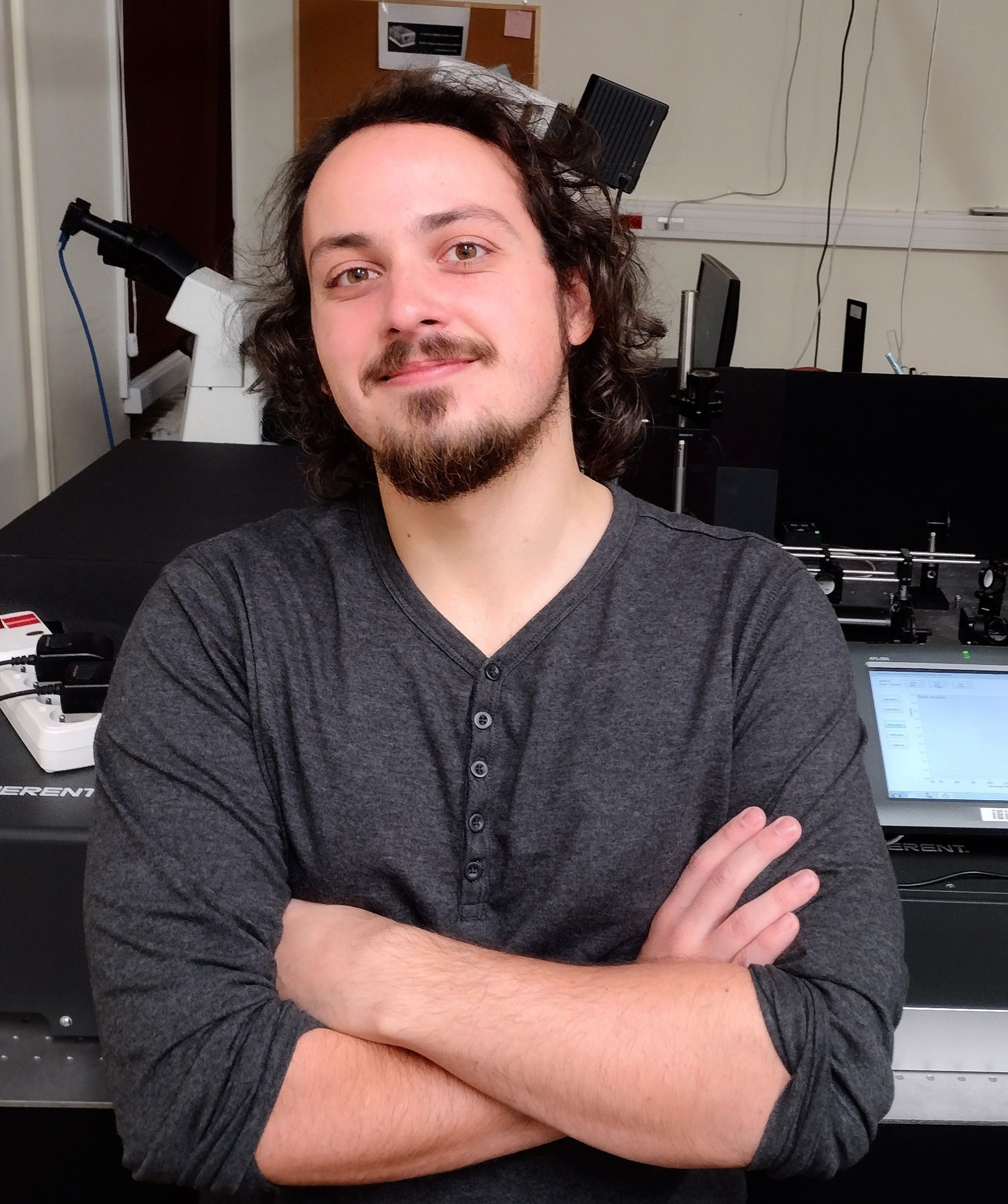 He is preparing his doctoral thesis "Optical properties of chiral heterostructures with gold nanoparticles" under the supervision of Prof. Joanna Olesiak-Bańska from the Faculty of Chemistry.
He is preparing his doctoral thesis "Optical properties of chiral heterostructures with gold nanoparticles" under the supervision of Prof. Joanna Olesiak-Bańska from the Faculty of Chemistry.
“The aim of my research is primarily to understand what new optical properties occur in chiral heterostructures, i.e. materials that consist of a chiral matrix, for example a protein with gold nanoparticles,” explains Maciej Lipok.
In his work, he uses numerous techniques borrowed from the field of spectroscopy and nanoscopy, and he also develops new ones, based on nonlinear optical phenomena, which allow even better definition of the unusual properties of the materials he studies. “The results of my research may help develop new methods for selective detection and imaging of some chiral biomaterials, such as amyloid deposits, i.e. protein aggregates associated with eurodegenerative diseases,” says the researcher.
MATEUSZ GABOR
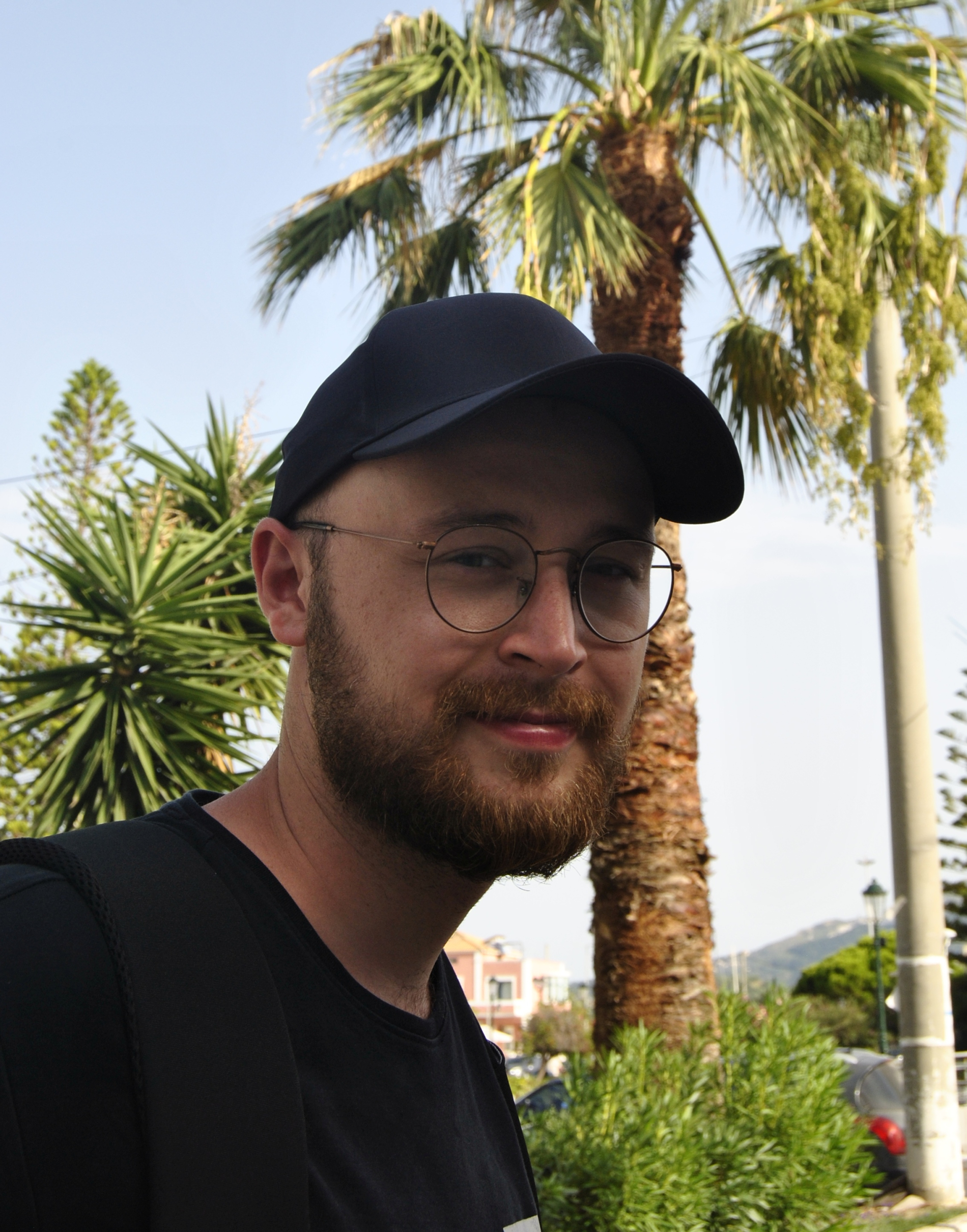
The laureate is preparing a Ph.D. dissertation titled "Compression and acceleration of neural networks using tensor decomposition methods". His supervisor is Prof. Rafał Zdunek from the Faculty of Electronics, Photonics and Microsystems.
“My scientific interests mainly concern the method of matrix and tensor decomposition along with their engineering applications, says Mateusz Gabor. “In my doctoral research, I focus on the use of tensor decomposition methods to compress convolutional neural networks.”
In one of his works, Mateusz Gabor proposed an effective method of compressing convolutional neural networks, based on the hierarchical Tucker-2 decomposition, which appears effective in relation to other methods of compressing neural networks.
The researcher also carries out two scientific projects: one financed by the National Science Centre and the other under the European Horizon program. “In the NSC project, I focus on using matrix and tensor decomposition methods to detect damage in roller bearings. I have already managed to develop a method based on non-negative orthogonal matrix factorization for detecting damage in signals from bearings with accompanying Gaussian and non-Gaussian noise,” explains Mateusz Gabor. “In the second project, I deal with fixed point analysis in neural networks such as autoencoders.”
Currently, he is working on "Deep Equilibrium Models," which are a memory-efficient alternative to standard neural networks. For these networks, based on the application of the nonlinear Perron-Frobenius theory, he proposes new models with ensured unique fixed point.
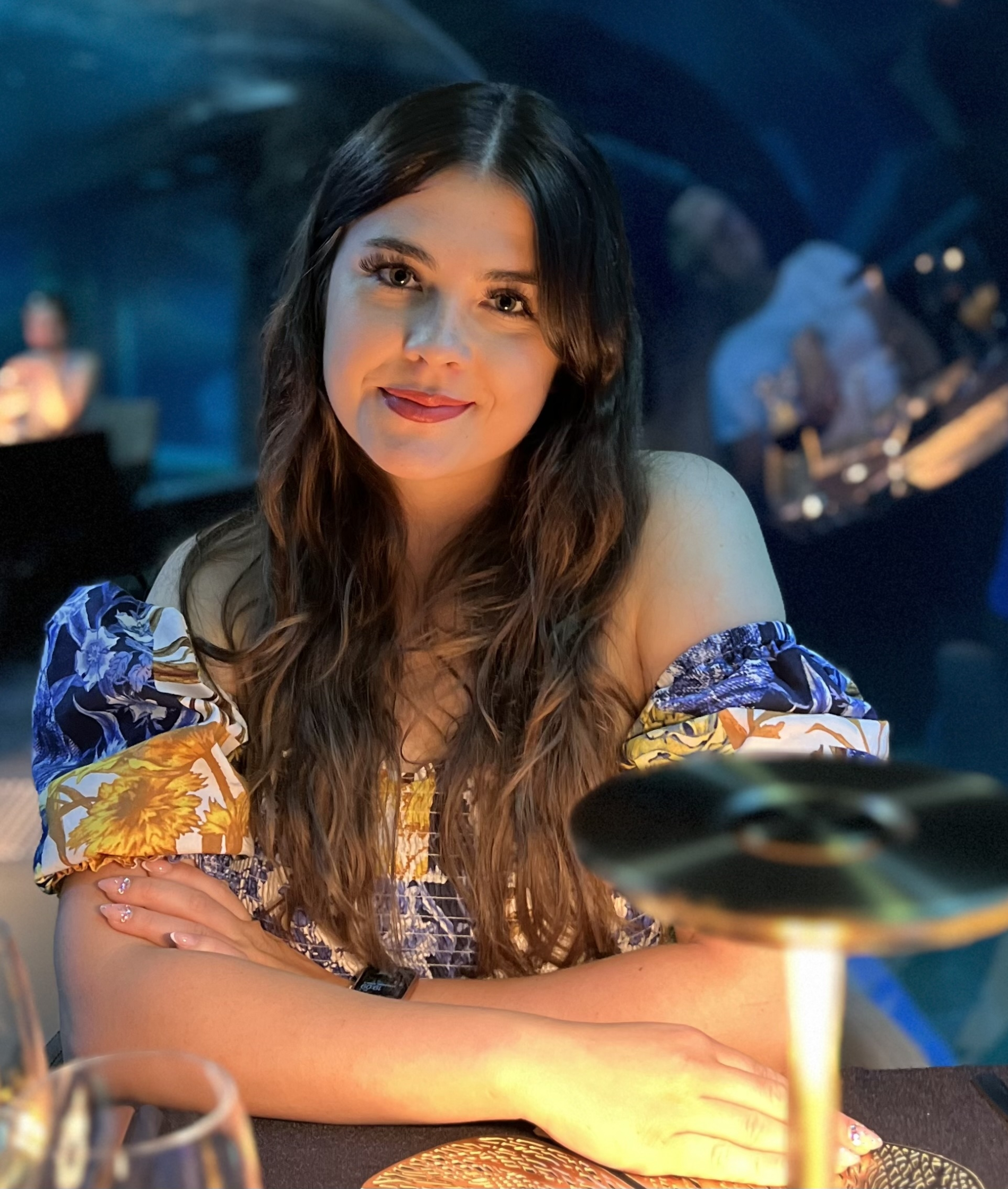
KATARZYNA MARAJ-ZYGMĄT
In her doctoral dissertation titled "Monitoring of anomalous diffusion processes using time-averaged statistics", which she writes under the supervision of Prof. Agnieszka Wyłomańska from the Faculty of Mathematics, she focuses on the problem of monitoring anomalous diffusion processes using time-averaged statistics.
“Anomalous diffusion processes are ubiquitous in many areas, including physics, biology, medicine and technology,” explains the laureate. “In real applications, the main problem is the correct identification of the theoretical model describing the data and then the estimation of appropriate parameters in order to correctly interpret the physical phenomenon – and my scientific research is devoted to this issue.
DĄBRÓWKA BIEGAŃSKA
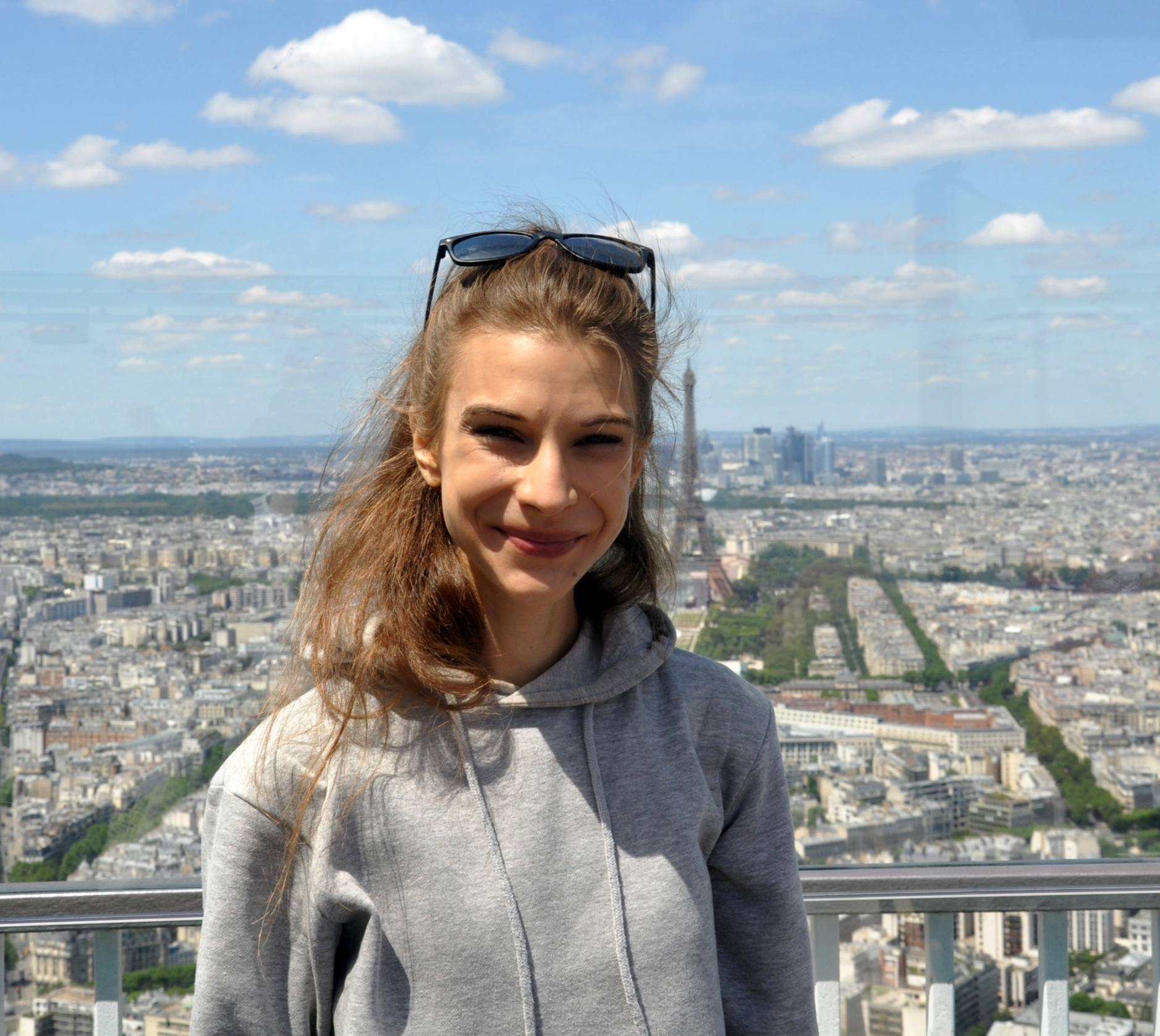 Her scientific interests focus on the study of excitonic polaritons – quantum particles, which are sometimes called a combination of light and matter.Excitonic polaritons are complex quantum particles created as a result of the coupling of photons, i.e. light particles, and excitons, i.e. electron-hole pairs in a semiconductor material. When photons and excitons in a semiconductor exchange energy quickly enough, we can no longer talk about separate particles, but about a new entity, the so-called quasiparticle, which is the polariton.
Her scientific interests focus on the study of excitonic polaritons – quantum particles, which are sometimes called a combination of light and matter.Excitonic polaritons are complex quantum particles created as a result of the coupling of photons, i.e. light particles, and excitons, i.e. electron-hole pairs in a semiconductor material. When photons and excitons in a semiconductor exchange energy quickly enough, we can no longer talk about separate particles, but about a new entity, the so-called quasiparticle, which is the polariton.“Polaritons are therefore partly light and partly matter, and therefore they have unique properties resulting from the combination of both worlds,” explains the researcher. “The photon contribution causes them to behave as if they were ultra-light and very fast, and at the same time allows them to be studied in standard optical experiments, and it is optical spectroscopy that I use in my research.
On the other hand, the part coming from matter means that, unlike independent photons, polaritons interact with each other and can be controlled by external variables, such as electric and magnetic fields.
Additionally, polaritons are bosons, which is why they have a very specific property – under appropriate conditions, they condense into a state called the Bose-Einstein condensate. Under these conditions, they create a new phase of quantum matter in which all particles behave as if they were one large wave of matter emitting coherent radiation, similarly to lasers,” says Dąbrówka Biegańska.
Their unique properties can be used to produce better and more energy-efficient light sources, conduct fast calculations, implement neural networks, simulate other, more difficult systems and much more.
During her doctorate, Dąbrówka Biegańska went on numerous research internships, including to the Faculty of Physics and Astronomy of the University of Sheffield (Great Britain), to the CNR-NANOTEC Institute of Nanotechnology in Lecce (Italy) and to the Centre for Nonlinear Physics of the Australian National University in Canberra (Australia).
KATARZYNA POSMYK
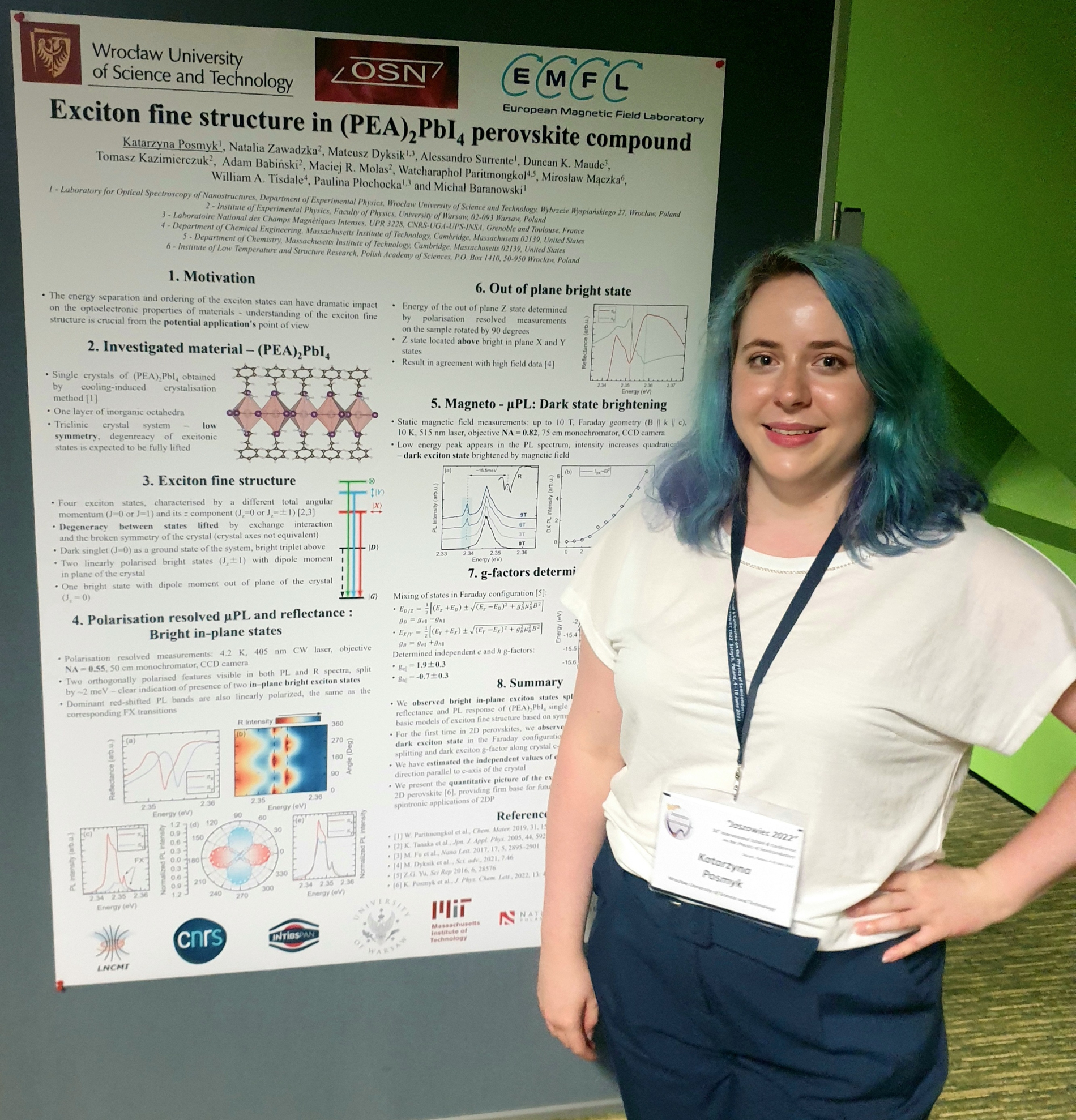
As part of her doctoral thesis: "Understanding correlation between structural and excitonic properties of soft two-dimensional perovskites", Katarzyna Posmyk examines the optoelectronic properties of two-dimensional (2D) perovskites.
“These structures constitute a special class of semiconductor materials, they exhibit many interesting physical and chemical properties, particularly important for applications in photovoltaics and white light emitters. Additionally, 2D perovskites have significantly different properties from "classic" semiconductors, and therefore they need to be thoroughly examined and understood, leading to the development of new, more accurate physical models,” explains the laureate.
The laureate is currently conducting extensive research on 2D perovskites using optical spectroscopy methods. “As a result, I can learn more about the optoelectronic properties of the archetypal 2D perovskite (PEA)2PbI4,” she says. “Due to the high exciton-binding energies, the properties of perovskites are dominated by excitonic effects at both cryogenic and room temperatures.
The knowledge of excitonic properties, such as the fine structure of the exciton, is very important for the potential applications of these materials. Depending on whether the lowest energy state is light or dark, the material will emit light efficiently or dissipate energy in other ways, such as heat.
Katarzyna Posmyk is pursuing her doctoral thesis in both Poland and France, as part of the Cotutelle Internationale program. At WUST, her supervisor is Prof. Michał Baranowski from the Faculty of Fundamental Problems of Technology. In France, she works at the National Laboratory of High Magnetic Fields in Toulouse (Laboratoire National des Champs Magnétiques Intenses - LNCMI), under the supervision of Prof. Paulina Płochocka.
“This is the only centre in Europe with infrastructure enabling measurements in such high magnetic fields, which turned out to be a particularly effective tool for researching the phenomena I am interested in,” says the scholarship fellow. “Combining optical spectroscopy with extremely high magnetic fields will provide a better understanding of the fundamental physico-chemical properties of these fascinating materials and point the way towards new applications..
CANSU IRAZ SEYREK ŞIK
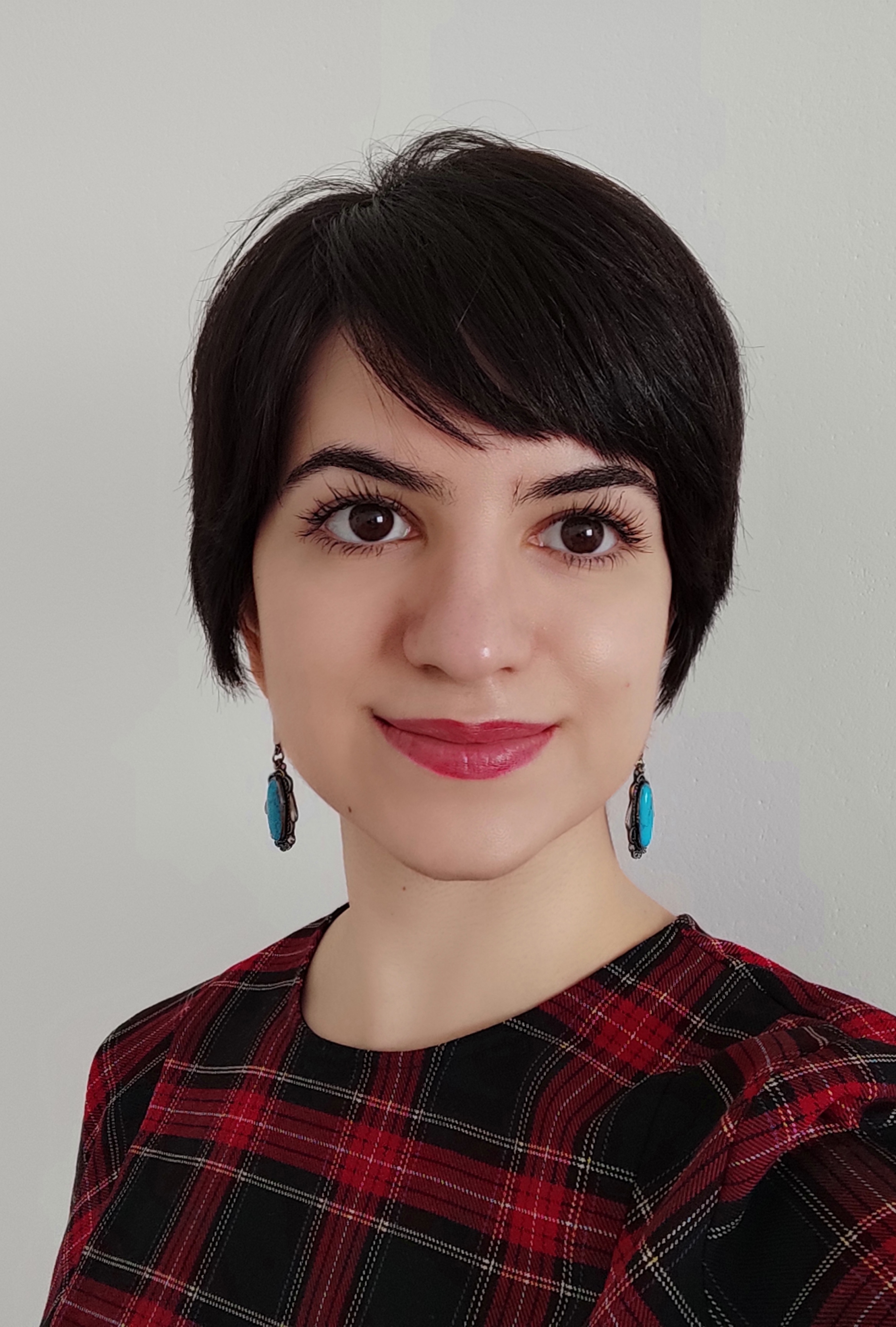
Our laureate comes from Turkey. She is a Ph.D. student at the Faculty of Architecture, WUST. She obtained her bachelor's degree in architecture from Yıldız Technical University in 2016 and her Master's degree in Environmental Control and Construction Technology from Istanbul Technical University in 2020.
“My research interests are related to sustainable technologies in construction, including vertical green facades, kinetic facades, energy-efficient buildings and environmental impact assessment of building elements,” says Cansu Iraz Seyrek Şık, who currently, under the supervision of Prof. Barbara Widera from the Faculty of Architecture, is preparing a doctoral dissertation on green kinetic facades.
Her achievements include second place in the European Commission's New European Bauhaus Prizes 2022 competition with the project "Modular Shutter Gardens" submitted in the Rising Star-Reconnecting with Nature category. A prototype of her conceptual design is currently on display at the Museum of the History of Polish Jews in Warsaw.
Cansu Iraz Seyrek Şık is co-author of the articles "Sustainability-Related Parameters and Decision Support Tools for Kinetic Green Façades" and "A Conceptual Framework for the Design of Energy-Efficient Vertical Green Façades".
GRZEGORZ GOMÓŁKA
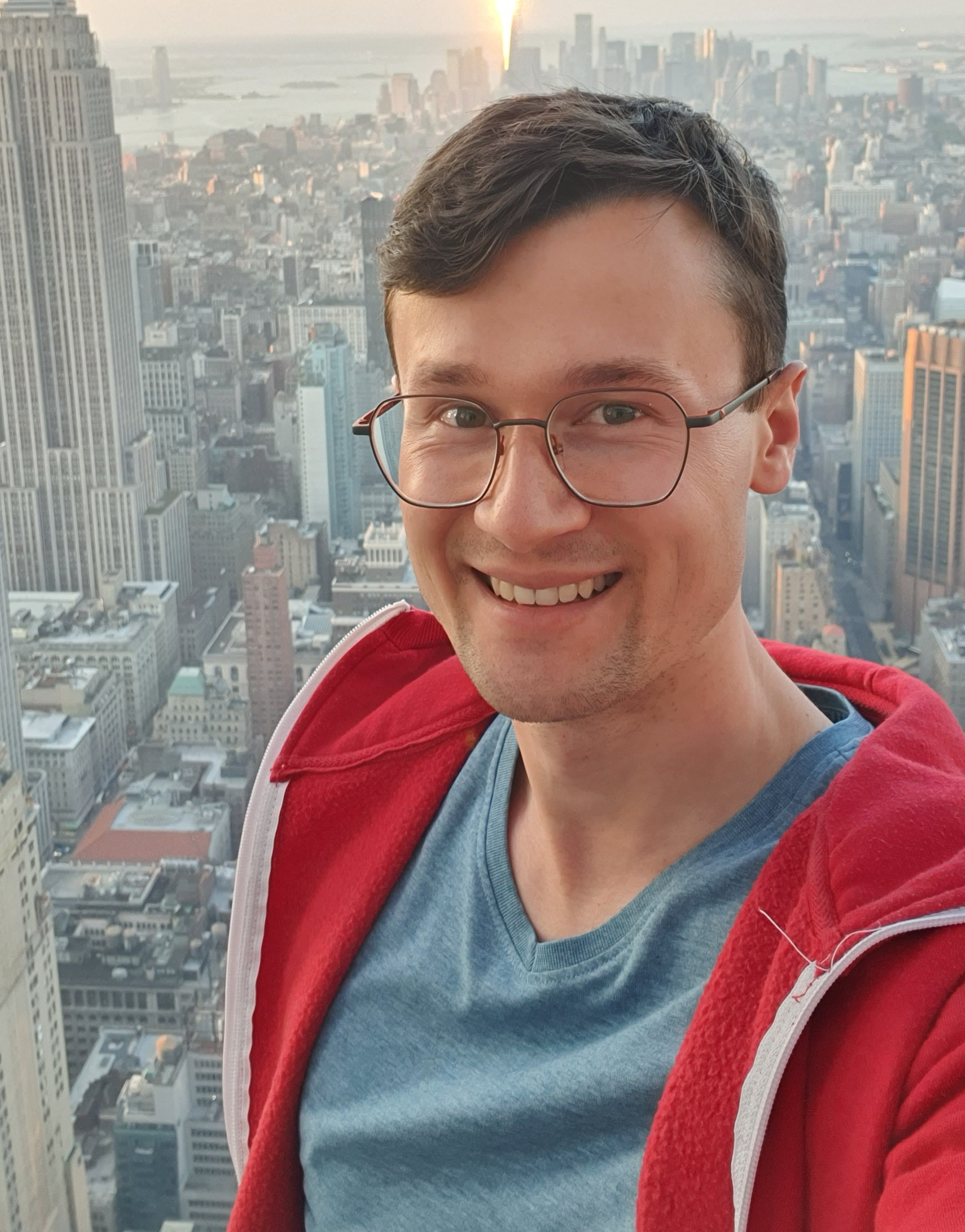 As part of his doctoral dissertation, he is looking for new methods and measurement configurations in infrared laser detection of gases. The supervisor of his work is Prof. Michał Nikodem (Faculty of Fundamental Problems of Technology). The researchers have has been cooperating for four years.
As part of his doctoral dissertation, he is looking for new methods and measurement configurations in infrared laser detection of gases. The supervisor of his work is Prof. Michał Nikodem (Faculty of Fundamental Problems of Technology). The researchers have has been cooperating for four years.
“In particular, I focus on providing sensor systems with optical fibres having a hollow core, which can be filled with gas in order to observe how it interacts with the light propagating in the fibre,” says Grzegorz Gomółka, who believes his greatest achievement to be the development of measurement methods and technical solutions that bring this new technology closer to applications in real measurement conditions.
“The fibre-optic methane sensor that I built measured the concentration of this gas in the air in Wrocław for a month. It was the first demonstration of such a solution in the world,” says the laureate.
As part of his doctorate, he participates in two research projects, leading one of them (The Diamond Grant). He is currently on a six-month research internship at Princeton University in the USA. “I am working there on a new gas detection technique using Fourier spectroscopy and optical frequency combs obtained from quantum cascade lasers,” says Grzegorz Gomółka.
KAMIL KRZYWIŃSKI
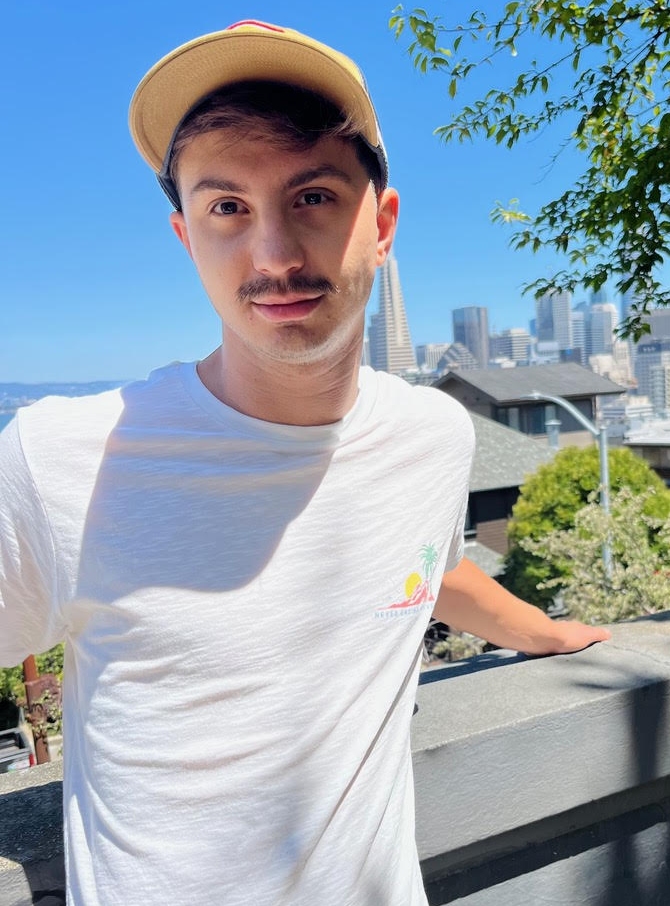
“My scientific interests focus on analysing the impact of thermal loads on polymer-cement composites,” says the researcher. “To assess the durability of the tested materials, I take into account short and long-term loads. I also try to pay special attention to changing the way construction materials are produced by using waste materials from the demolition of buildings.”
By using recycled fine aggregate in industrial floors, Kamil Krzywiński is able to reduce the consumption of basic raw materials and increase their resistance to thermal shock.
DOROTA TOMASZEWSKA-ROLLA
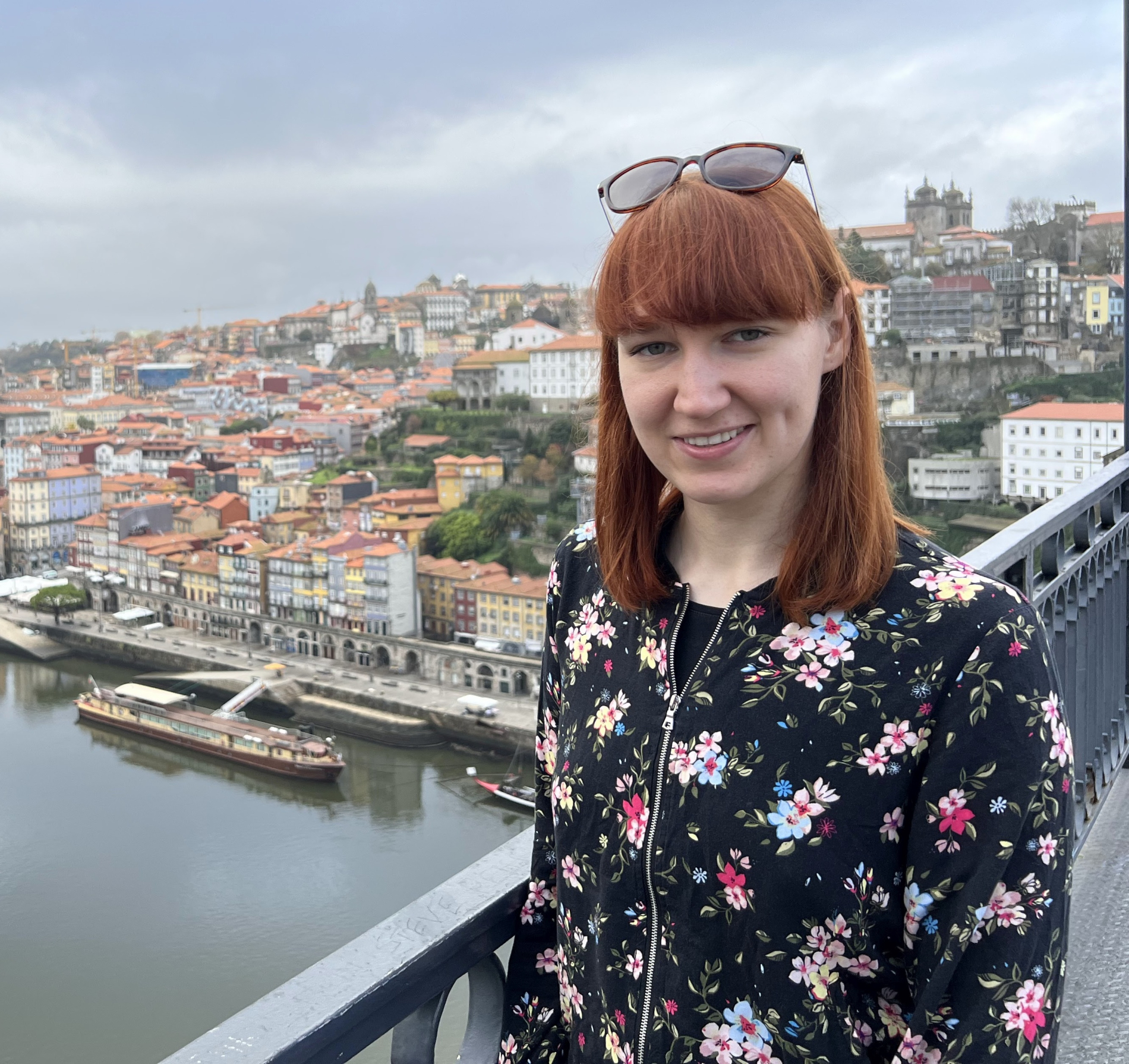 Her doctoral thesis "Methods for generating optical frequency combs in the mid-infrared range for laser spectroscopy" is prepared under the supervision of Prof. Grzegorz Soboń from the Faculty of Electronics, Photonics and Microsystems.
Her doctoral thesis "Methods for generating optical frequency combs in the mid-infrared range for laser spectroscopy" is prepared under the supervision of Prof. Grzegorz Soboń from the Faculty of Electronics, Photonics and Microsystems.On a daily basis, she researches and constructs mid-infrared laser radiation sources for laser spectroscopy.
“This spectral region is particularly interesting, as many molecules have their absorption lines there,” says the laureate. “Owing to the lasers I construct, it is possible to detect trace amounts of gases, for example greenhouse gases, toxic, explosive substances or substances that may indicate the existence of life on other planets.
She carries out the research for her Ph.D. dissertation under the Diamond Grant program. She is also a laureate of the Start scholarship from the Foundation for Polish Science.
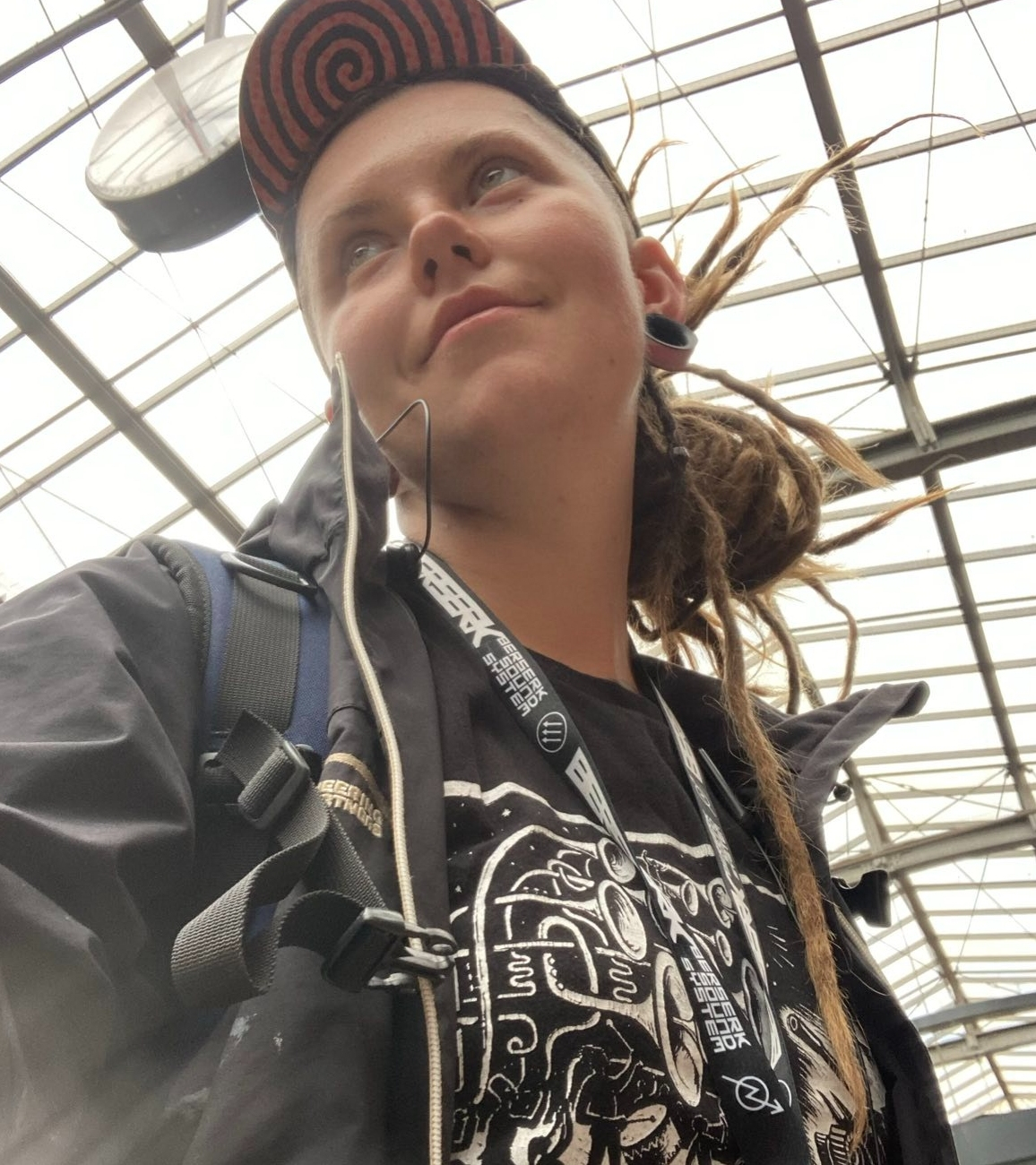 DOROTA SZYPULSKA
DOROTA SZYPULSKA
Her doctoral dissertation is devoted to increasing the biodegradability of digested sludge generated in the methane fermentation process using white rot fungi. Her supervisor is Prof. Małgorzata Kabsch-Korbutowicz from the Faculty of Environmental Engineering, and the auxiliary supervisor is Dr. Kamil Janiak from the same faculty.
“My scientific interests focus on methods used to increase the biodegradability of sewage sludge and maximize energy recovery from the wastewater treatment process,” says Dorota Szypulska.
The scholarship committees also awarded honorary recognitions in each category. This group included ten people from Wrocław University of Science and Technology:
• Julia Lenczewska (the Hugo Steinhaus Scholarship),
• Dominika Benkowska-Biernacka, Natalia Pudełko-Malik, Karolina Stefańska (the Max Born Scholarship),
• Ewelina Gacka, Manuela Grelich-Mucha, Przemysław Pietrzak (the Jan Mozrzymas Scholarship),
• Agnieszka Chowaniec-Michalak, Sindu Daniarta, Paweł Zielonka (the Marian Suski Scholarship).
